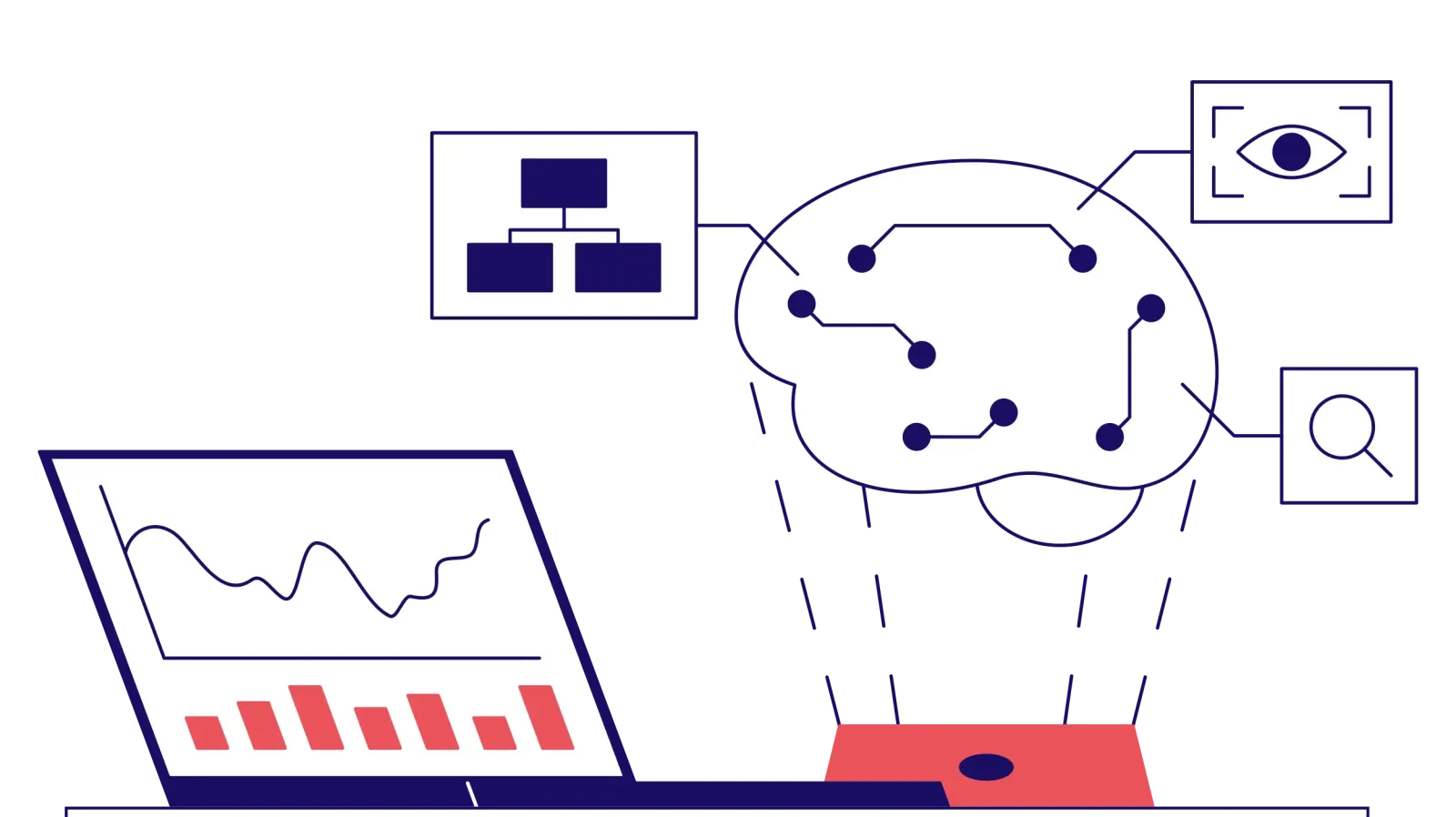

Breadcrumb

How We Made Reliability a Living System
Reliability now drives trust, not just metrics.
Most people don’t notice when a system works well. That’s the point. But behind smooth experiences is a quiet architecture that doesn’t just wait to fail, it watches itself, adapts, and nudges when needed.
What started as a routine uptime monitor grew into something far more intelligent. Our platform began predicting issues, routing tasks dynamically, and scaling itself without manual touch. It wasn’t about high-tech brilliance. It was about designing digital infrastructure that behaves more like a living system than a static checklist.
Here’s what that means:
- When traffic shifts, the system adjusts.
- When jobs back up, it spreads the load.
- When queues drift, it reconfigures itself.
- When thresholds are breached, it notifies us—before anyone else notices
That’s not software. That’s trust, delivered invisibly.
We’re not interested in making the loudest product. We’re building quiet infrastructure with a loud impact. Tools that sit in the background but turn into business assets. Dashboards that don’t just report, they reassure.
Reliability shouldn’t just mean uptime. It should mean insight.
If you’ve ever looked at your tech stack and thought, “Why isn’t someone building this already?” : that’s usually our starting point.
The magic isn’t just in what it does, but in what it allows:
- Fewer fire drills
- Clearer signals
- More time spent solving problems that actually matter.
Teams get to focus on clients instead of chasing alerts. Every moment the platform works quietly is a moment our people can work loudly where it counts.
Behind the scenes, we’ve also started surfacing reliability as a story. We’re turning performance into visual snapshots that let clients see, not just believe that their systems are healthy. It’s transparency without complexity, and it’s helping them sleep a little better at night.